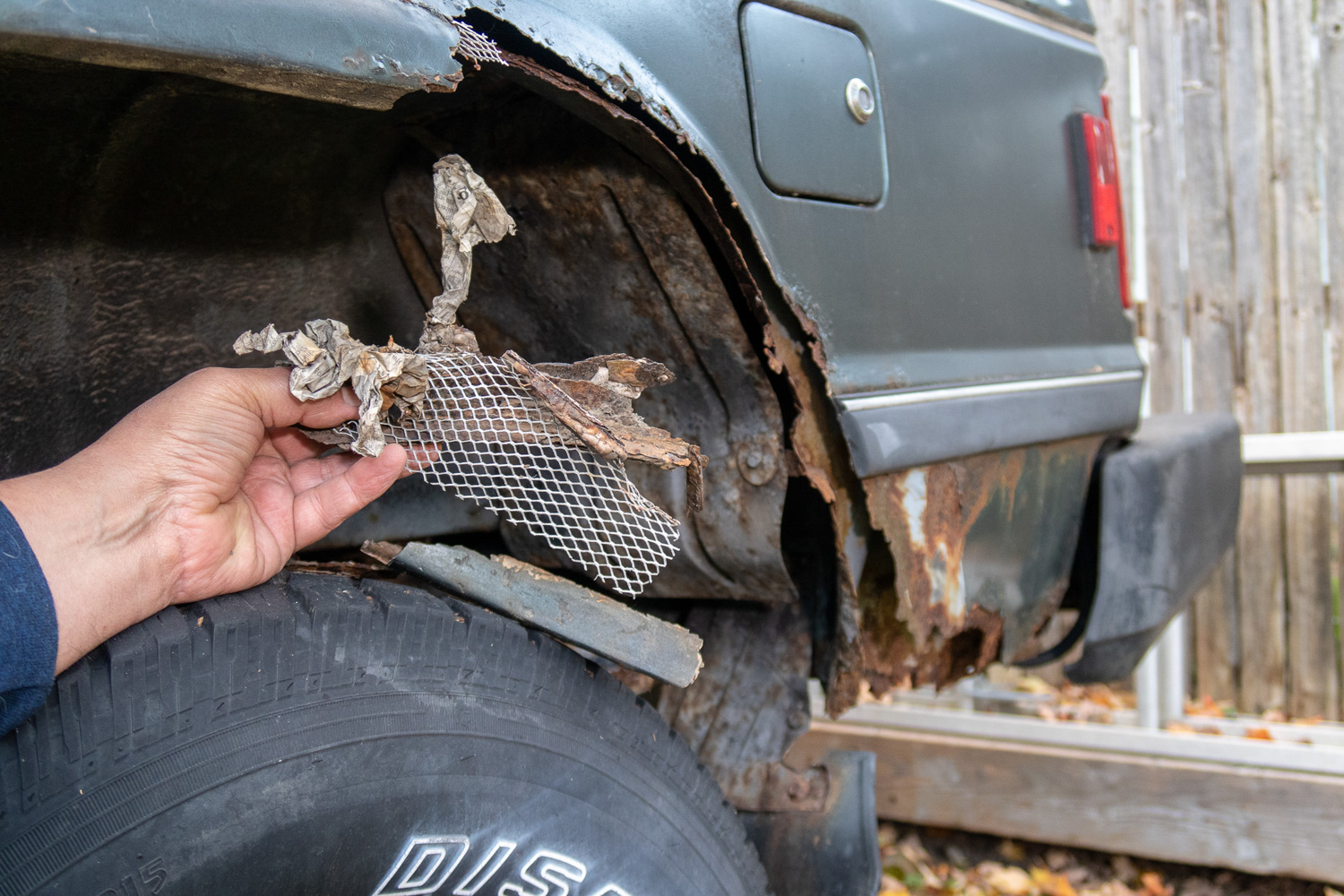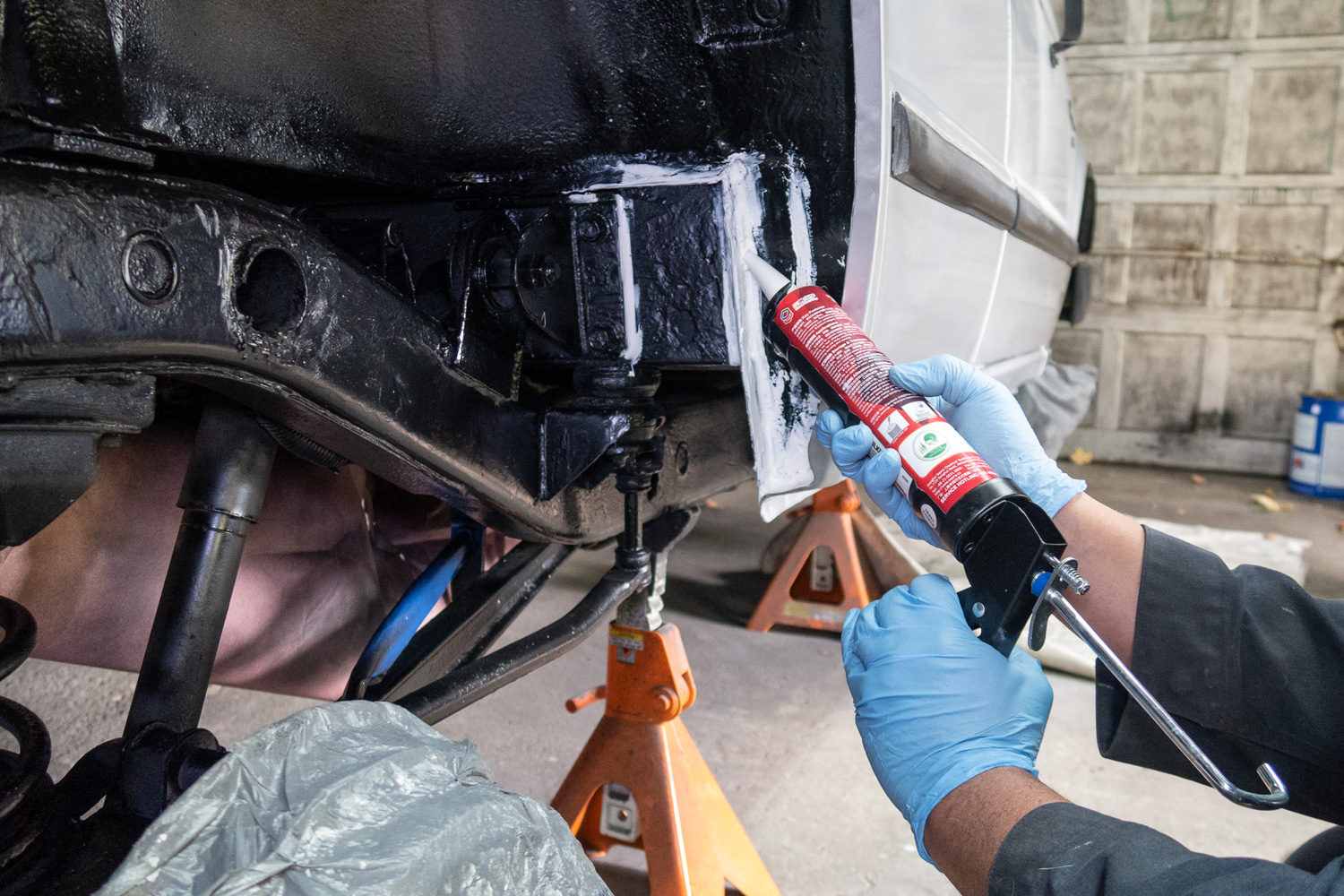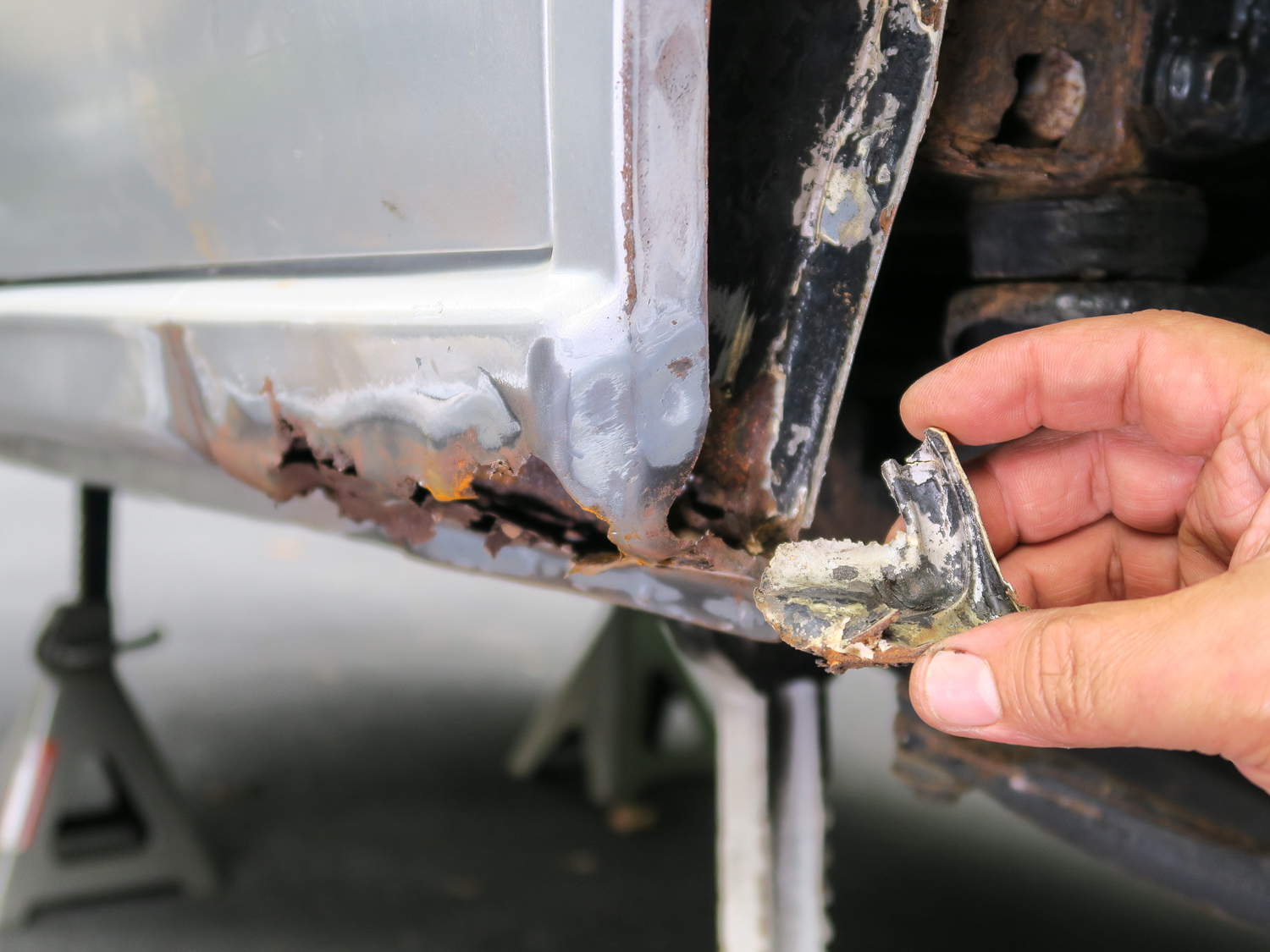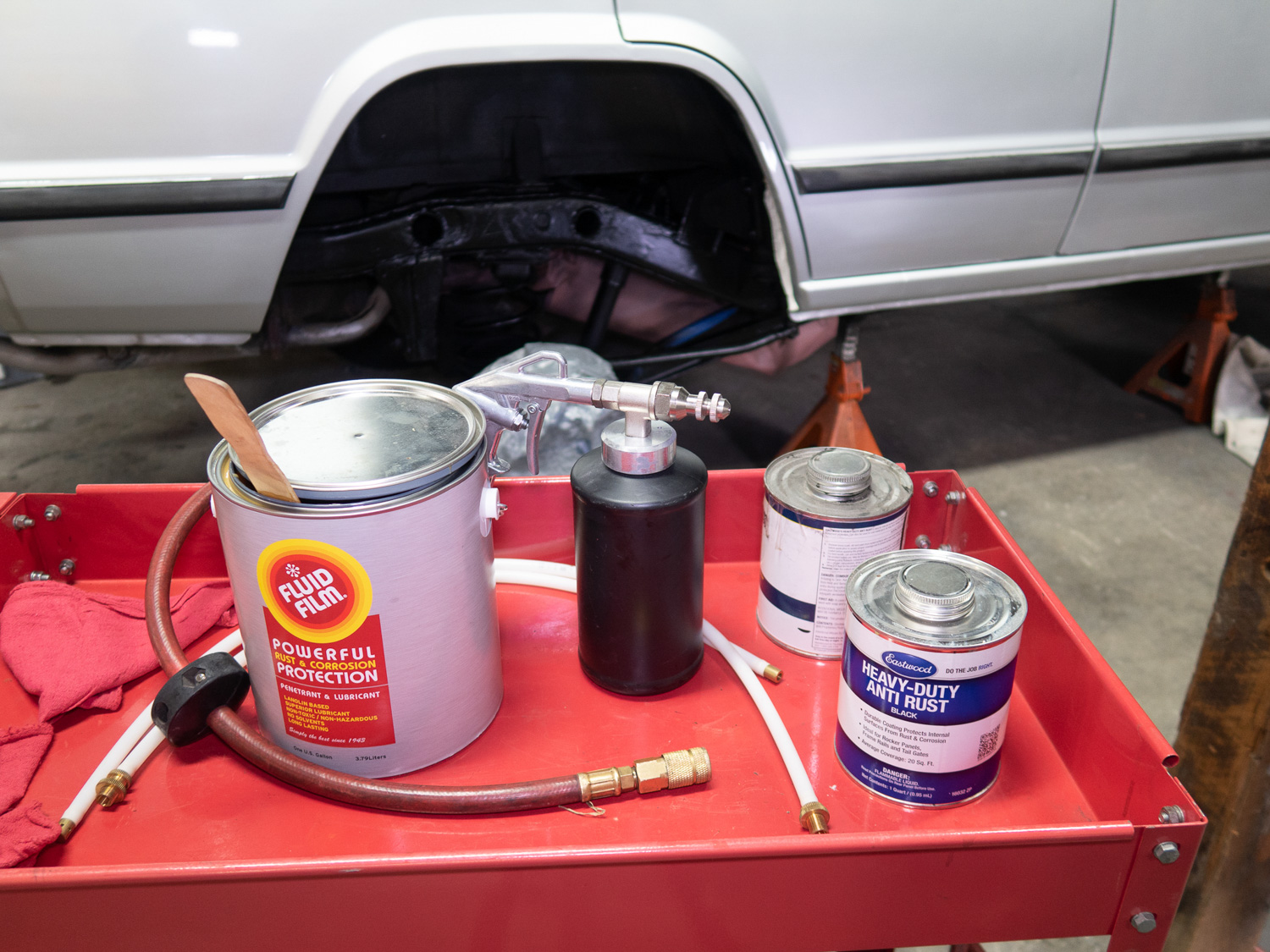Rustproofing and undercoating tips to protect your car
The war against rust may be ultimately unwinnable, but rustproofing and undercoating can help win a battle and put off the worst. Rustproofing and undercoating can only defend against the onslaught of rust-causing road salt for so long. Victory requires vigilance.
Both original and aftermarket undercoats might look OK for another year of four-season classic motoring, but none of these products were formulated to last for decades. Applying rustproofing and undercoating is sort of like the flu shot. You don’t want to get it too early, but wait too long or skip the wrong year and it could be a rough winter.
The 1989 Montero shown here came with apparently-effective rustproofing at no extra charge.
The Ziebart logo on a few body caps was a solid clue, and Ziebart is still in business even if Rusty Jones made a retreat. A call to the local Ziebarter revealed that rustproofing and undercoat re-application would cost at least $400. This development inspired me to kick off a now-annual DIY rust abatement and undercoating mission because yes, I have a problem.

Because of the lack of self-service junkyards, I was forced (forced, I tell you!) to acquire a parts truck complete with rocker panels, floors, and fenderwells comprised almost entirely of Bondo and chicken wire over entombed editions of the Times Journal newspaper. This rusted-out victim of the war against rust served as a template for what works and what doesn’t in the worst possible winter and road salt conditions.
Here are a few tips from the annual garage and driveway Rustvember of ahead of Rustgiving and the road salt season.
Grind and paint


Paint is the first and last rustproofing defense for steel. Getting rid of any rust before it grabs hold of metal and laying down some paint can help delay the inevitable. Choose your favorite stripping and power tool combo, chemical converter, or media blast method and then hit the bare metal with paint to seal up the work. I tried a phosphoric acid metal prep from the local building supply that worked fairly well and then covered the metal with rattle-can rust-rated enamel.
While you’re under there, make sure all the factory drain holes and channels are open and working. Using a converter-paint type product, which claims to neutralize existing rust, is also an option. A few hours of investment should be good for another few years.
Mind the seams


Once salt gets under or in between metal, it’s game over. Enter seam sealer. Cars leave the factory with plenty of seam sealer already applied, but after 25-plus years even the best of it has given up. It might look OK but check it to avoid a situation like this, where salty slush had been sneaking around this plug of seam sealer for years. Scrape out the old and lay in some new seam sealer over welds, seams, and crimps. Poor OEM quality control may have resulted in sloppy factory seam sealer application. I’ve heard stories about handfuls of loose seam sealer, also known as dum dum, pulled out of cowls, fender wells, and even heater boxes during a restoration.
Rubberized

Rubbery undercoat falls somewhere in between paint and bedliner. This stuff is best applied over paint and seam sealer where metal gets blasted with salty spray from winter driving. Here I’m spraying in some rubberized undercoat directly behind the front wheels and underpan. This stuff has its pros and cons.
Like bedliner, the rubbery spray dries to form a protective layer, and like bedliner it gives up with a good hit from a rock or similar road debris. Because salty water can creep in behind a layer of rubber unseen, it can also trap salt and moisture inside. It’s best to check this stuff now and again to avoid ugly surprises that reveal the only thing left of that kick panel is the undercoating. There may also be a noise reduction benefit when you apply rubberized undercoat.
Oils well. Wax on.

Oils and waxes are designed to repel salt water inside and out. Oil undercoat gets in everywhere, but it can also wick back out. Non-drying wax and oil blends stick around longer and are self-sealing. The Montero came from the factory with a non-drying tar-like substance already installed so I blasted everything with a similar waxy black undercoat from Eastwood.
Fluid Film is a proprietary blend full of water repelling lanolin. Sheep swear by the stuff. I sprayed Fluid Film under and right over the chrome bumpers last season and it hung in there until spring and then some. Choose your weapon. An undercoating gun or aerosol both get the job done. You can also apply oil and wax type products into cavities with a setup like this four-way sprayer tipped hose. (Check out this previous story on oil undercoating for more on that topic.)
Washed out

No amount of rustproofing or undercoat will completely repel the sheer volume of salt and brine dumped all over the roads every winter. Regular washes a few times a season can get rid of a lot of salt and send clean water through the factory drain channels to flush out potential bad news. Head through a touchless wash with the undercarriage sprayers or just wash things down towards the end of each storm-induced road salt slush fest as the weather dries out before springtime reveals the only thing holding the floors and rockers together were frozen chunks of salty ice.
Happy rustproofing!



I have installed new floor panels. They come with e-coating or light black paint. What ever? I want to under coat these panels. do I need to remove the e-coating and prime and apply the rust-oleum rubberize coating or just schuff, prime and under coat?